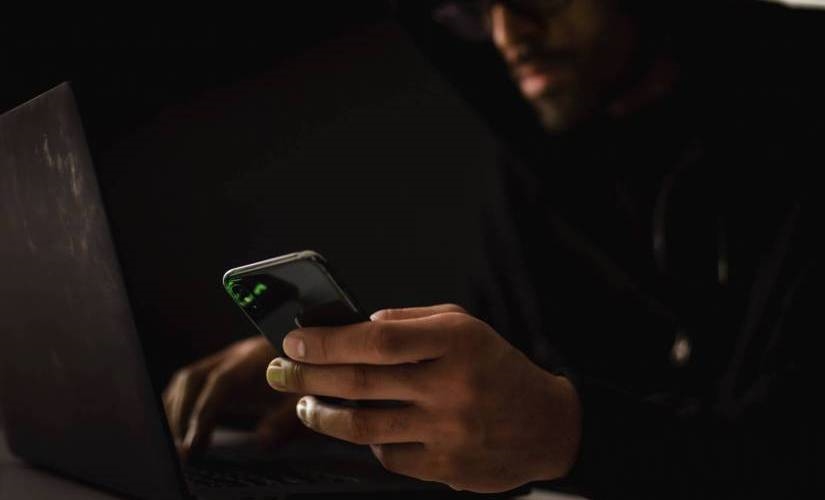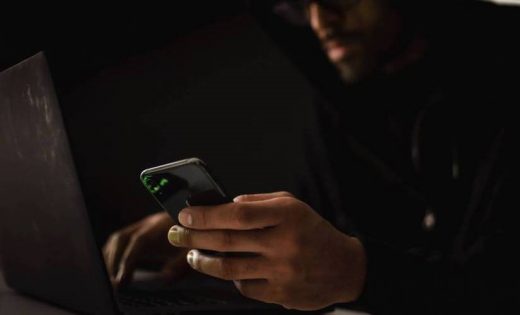How Remote Work is Driving the Adoption of More Secure Authentication Methods
How Remote Work is Driving the Adoption of More Secure Authentication Methods

As the remote work wave advances, companies have had to grapple with new cybersecurity challenges, one of which is authentication. Employees’ reliance on traditional means of authentication like passwords and shared secrets has been a burden to companies due to how easy they are to hack and intercept. Here is how remote work is driving the adoption of more secure authentication methods.
Password-based authentication does not verify identity but only the knowledge of login credentials, hence, they are more trouble when employees work from home.
The consequences of a cyberattack from a leaked, stolen, or shared password could be disastrous; a hacker could launch a highly sophisticated attack on you or your business, causing serious short and long-term damages. This could lead to serious financial and legal implications and, in a worst-case scenario, a malicious attack could even sabotage your business and its operations to an extent that it may never be able to recover. –Misan Etchie
Legacy Authentication Challenges
The root of the problem is this: passwords were not originally designed to prove identity. The first computer password was invented in order to assign time to MIT researchers for using a mainframe computer: the Compatible Time-Sharing System (CTSS).
Passwords were not designed to secure large user populations comprised of people unknown to the service provider; so, it’s no surprise that passwords’ shortcomings lead to the majority of data breaches.
Number One Cause of Data Breaches
According to reports by IT Governance, poor password behavior is the number one cause of data breaches. Passwords are just too difficult to manage and bad password habits are rational because of how difficult it is to store multiple complex passwords. Despite this, passwords are dominant in the average person’s personal and work life.
Revelations like this underlie the advocacy for passwordless authentication systems. Being so used to passwords, on the surface, it seems there is no way to guarantee better security without passwords. Knowledge-based authentication models are vulnerable to theft and leaks.
The spate of data breaches underscores the problem with knowledge-based authentication models.
For instance, many celebrity accounts were breached last year after hackers launched (aljazeeradotcom), a series of spear-phishing attacks against employees. That’s enough to conclude that passwords are not proof of identity.
The Rise of Remote Hackers
One of the challenges of distributed workspaces, as it pertains to cybersecurity, is identity assurance. Mind you, a username and a password cannot verify anyone’s identity, but only a user’s knowledge. This is especially disastrous when 75% of employees don’t bother with privacy measures when working remotely in a public place making them more vulnerable to cyberattacks.
The Remote Phishers
According to a piece published by The Business Journal, remote work has unlocked the door for cyberattacks such as phishing scams, ransomware, and other risks and breaches. Hackers are aware that due to employees’ inability to work in shared spaces, they will be connecting to their companies’ servers and other resources in a very different way.
At the very least, they are doing it in a setting with no peer or official oversight.
The combination of poor security protocols and complacent workers working from home makes employees far more vulnerable to cyberattacks. Now that we have an extremely unsafe and volatile environment in terms of cybersecurity, hackers are already exploiting the opportunity to attack unprepared businesses.
How many hacks can you prevent a day?
There are more than 2,600 detected threats a day according to Check Point Research, and 90% of IT professionals who claim to have witnessed some sort of phishing attack on their organization since remote work has become more common.
Adaptation to what is — is part of critical thinking. Adapting to present circumstances is survival.
This moment — is a critical moment in history in which leaders need to quickly adapt to the present circumstances. We have never before had such an unsafe environment to protect, so it is unsurprising that hackers are taking advantage of the global pandemic.
It is crucial for enterprises and companies to act now, by protecting themselves and their employees from any potential cyberattacks.
Continuous Authentication
The problem with legacy authentication models is that even legitimate login sessions can be hijacked without any suspicion. One-time access gives hackers room to launch subtle attacks.
Continuous authentication solves this problem by using contextual information to perform identity verification. If traditional authentication models can be described as active, then continuous authentication is passive.
The how-to of continuous authentication
The continuous authentication system works in the background, analyzing information such as metadata, location, and login behavior (behavioral biometrics) to ensure that the integrity of any access session is maintained. The authentication scrutinizes user activities to verify that they are consistent with the user’s established behavior pattern as well as the company’s cybersecurity and risk policy.
For instance, a continuous authentication system may automatically log a user out if they connect to a different network that may be deemed unsafe. At a time when employees work outside the four walls of the office, continuous authentication (sometimes paired with machine learning systems) fills the trust gap created by remote working.
In addition, continuous authentication improves cyber defense, especially in threat assessment and incident detection. By keeping records of user login activities, analysts have data to work with to trace the source of a threat or an attack.
Biometrics
Knowledge-based authentication models don’t verify identity. Only inherence-based systems (such as biometrics) are tied directly to a user’s identity. Biometric data (fingerprint, voice, face, retina, iris, etc.) are non-transferable. There is little to fear in terms of stolen or breached credentials, especially when biometric authentication employs liveness detection such as the requirement to speak, read a phrase, smile, nod, or blink.
Who has your fingerprint?
There is a one in 64 billion chance that someone possesses another person’s fingerprints. With the global population at around 7.5 billion, a large segment of whom are not users, hacking into a biometrics system becomes practically impossible. The benefits of using biometric authentication methods are many, mainly due to how convenient they are and how they rid employees of having to carry around tokens and hardware keys or having to remember complex passwords.
Recently, smartphones have defaulted to biometric identification (fingerprints, face ID, etc.), and laptops and other workstations already are following suit. Thus, implementing biometric authentication for a business’ employees is no longer as expensive as it was.
People can log in uniquely to apps on their phones and computers via fingerprints and face recognition, the way they are doing on commonplace mobile devices most people own. Technologies such as Windows Hello, LastPass, and IBM Security Verify help enterprises to conveniently implement risk-aware identity verification.
Other Passwordless Authentication Concerns
Even if an organization is not ready to do away with passwords entirely, it only makes sense to not rely on passwords alone.
Not relying on passwords alone is where multi-factor authentication (MFA) comes in, creating additional layers of identity verification to strengthen security by authenticating users on more than one criterion what you know, what you have, and who you are.
According to a Microsoft security report, MFA lowers the odds of compromise by 99.9%. Whereas, it is possible to eliminate passwords in MFA completely, such as when combining biometric verification with tokens.
One-time computer-generated cryptographic keys do a better job at securing users than passwords do. Indeed, hardware tokens have been in use for almost two decades now. However, they are expensive and difficult to implement and maintain. Then come software tokens. Although most are used as a second-factor authentication option, they may even replace passwords entirely.
Conclusion
The past year has seen massive disruptions to how companies do business, how employees work, as well as how organizations protect themselves from cyberattacks. In light of more secure authentication methods that have emerged, passwords represent the weakest authentication links and should not be used without a passwordless second-factor.
Hackers will always try to attack your employees: the weakest link in your security infrastructure. Hence, it is crucial for employers and enterprises to sensitize their employees to keep good password behavior.
It is becoming clearer that passwords are more of a burden than they are a security tool. Going forward, one can anticipate the complete elimination of passwords in user authentication and their replacement with more secure, more convenient authentication methods.
With the rise of remote hackers taking advantage of the current global situation, we will see more secure authentication methods spike in usage as more companies start to take their security into consideration.
Image Credit: sora shimaza; pexels
The post How Remote Work is Driving the Adoption of More Secure Authentication Methods appeared first on ReadWrite.
(83)


